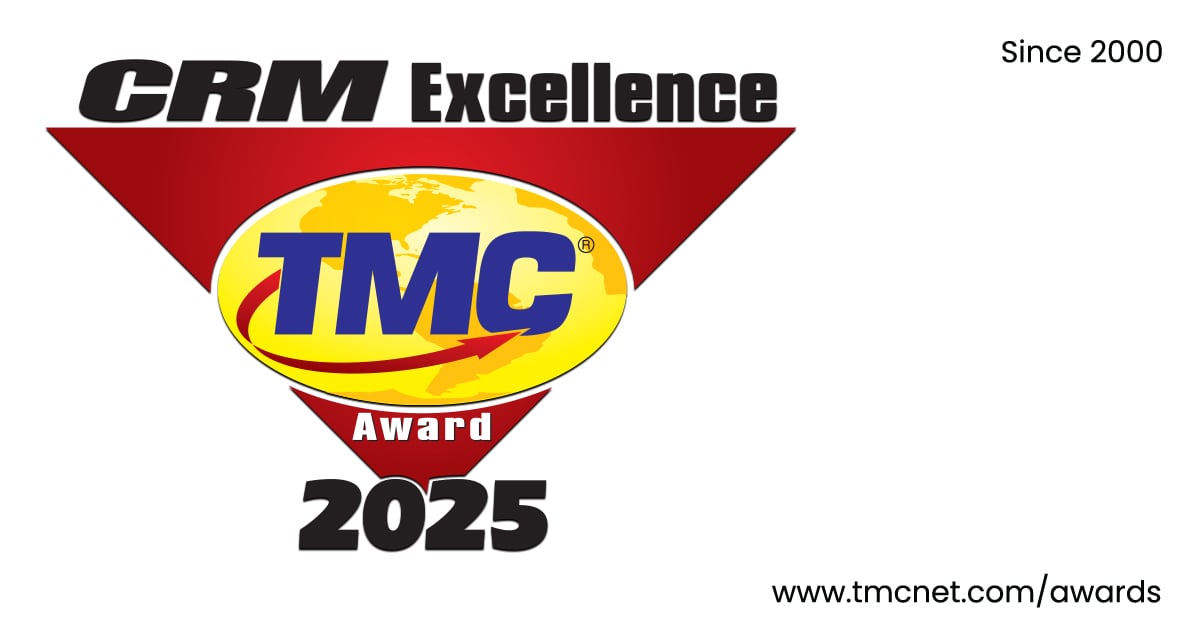Like anything in life, determining the best way to deliver value and happiness to customers takes time and patience. You want to give your customers the best experience possible, but what does that look like and how do you get there?
At Lifesize, we have focused heavily on putting the right people, processes and systems in place to operationalize customer success. Great service must be repeatable. Of course, the foundation of happy customers is happy employees. But those employees need to be equipped with the right systems and processes to make their lives easier so their time can be devoted to spending more quality time with customers.
There are two programs that helped us tremendously. First, we implemented Net Promoter. This is our primary voice of the customer program at Lifesize. Once NPS was up and running, we segmented our customer base and developed strategies to serve each segment because not all customers are created equal.
You might recall Net Promoter from one of my earlier articles. Net Promoter is an operational rhythm embedded within Lifesize’s culture. The purpose is to help us drive change in our business based on what matters most for our customers. Here’s how it works for us. We conduct relationship surveys twice annually and transactional surveys at critical points in the customer lifecycle (e.g. after product on-boarding or at the end of a support interaction). We gather feedback from our customers to understand what is working and what is not working by conducting root cause analysis. We then share best practices, take corrective actions and close the loop with our customers so they know we are listening and driving our business based on their feedback. Over time, Lifesize learns and gets better. And it’s this organizational learning that helps us build a great company and deliver on our core value of Customer Obsession.
An equally critical practice is realizing that different customers have different needs.
Why and how should you segment a customer base?
Segmentation strategies are built on one particularly important idea: one size does not fit all when it comes to serving customers. Some customers need a little less and some need a little more. In the spirit of true Customer Obsession, recognizing different needs and how to best serve those needs is essential to driving customer loyalty.
Depending on your company size and portfolio, you might consider segmentation by size, industry or product line. At Lifesize, we currently segment based on our product lines — Enterprise, Premium and Core — by dividing customers according to account size and need. For each segment, we carefully determine how much attention — and what kind of attention — a customer needs in order to realize the full value of our solution.
The key is to be clear and specific on how to serve each segment and how success is measured. You might start with two important questions:
- What does the customer journey look like for each segment?
- What are the critical loyalty drivers for these customers and how will we measure against them?
Tailor the customer experience based on need and efficiency
Let’s take a look at Lifesize’s Enterprise segment as an example.
Customers in this segment are large organizations that often generate significant revenue for us. They require a very “high-touch” approach, which is why every Enterprise account is staffed with a Customer Success Team to ensure that they are getting the most value from our solution. Right from the start, a Customer Success Advocate engages with the sales team and prospective customer to define an implementation strategy and schedule best-suited for their needs. Take note: this process begins in the sales phase so that critical information like pain points, goals and success criteria shared during sales conversations is carried over to implementation. The Customer Success Advocate then serves as the customer’s trusted advisor for as long as they are a customer and manage the relationship alongside the sales and technical teams.
Our second and third segments — Premium and Core, respectively — are served slightly differently.
Customer Success Advocates engage with Premium customers post-sale. This segment receives personalized on-boarding where they are given deep product training to fully equip admins and end users, ensuring they get the value we promised in the sales process. We also share critical information about how to best engage with Lifesize’s support team. We discuss how to open a support ticket, how to escalate an issue should the need arise, how to access our online community and more. We call this our on-boarding experience and it’s our way to ensure that we engage customers when they’re the most excited about using our solution right after purchase. Our goal is to get them up and running smoothly and realizing value quickly.
Core customers, our third segment, are “very” SMBs (or vSMBs) that often have 100 or fewer employees. For this segment, we leverage our distribution channel combined with automation to replicate the higher-touch experience of the other two groups, allowing us to operationalize and scale Customer Obsession more effectively.
Our world-class customer support experience is an integral part of Customer Obsession here at Lifesize and our long-term strategy of earning our customer’s business for life. While our core customers are smaller in size and revenue, there is tremendous potential for these companies to grow — and for our solution to grow with them. Industry-wide, however, this segment often sees the highest churn rate, so it’s our goal to lower the churn and keep those in this segment as lifelong customers. Our goal is to never lose a customer (not one), regardless of size or value, all customers are important to us. I’ll share some examples of this in a future segment.
Metrics, metrics, metrics
While you think through your segmentation strategy, keep in mind how you plan to measure the program’s success. Churn and retention are the most common metrics for measuring success, although companies often report on these metrics differently. Why the discrepancies? The truth is that the SaaS space is still relatively new to the capital markets. Not everyone is fully versed yet in how to effectively measure retention/churn.
That said, if you don’t measure, you can’t make meaningful improvements.
At Lifesize, we aggregate and measure by segment to reflect the most accurate picture of our strategy’s success. From a customer success perspective, I prefer to hone in on retention, since this is the element that sits squarely on the shoulders of our Customer Success Advocates. Each Advocate looks at their customers and determines how many of them are staying put and because they are managing churn risk as soon as the customer joins Lifesize, they know well in advance if customers are not realizing value. In addition, our Customer Success Advocates put a strong focus on helping customers realize additional value from our solution by increasing adoption, educating customers on new product features and more. We measure the net new annual recurring revenue (ARR) for each segment and Customer Success Advocate realized from nurturing relationships with these customers.
Make sure to establish these metrics up front, too. Your customer success program will (and should) evolve as your company grows, but it’s essential to think through how you will measure at the start. Be diligent and thoughtful, and don’t do it alone. Feedback from other companies like yours with customer success programs, your own sales and Customer Success Team members and even customers themselves will help ensure that your customer success program is set up for success.
How does your team operationalize customer success? Send me a note at [email protected] or share your experience in a comment below.
Edited by
Alicia Young





